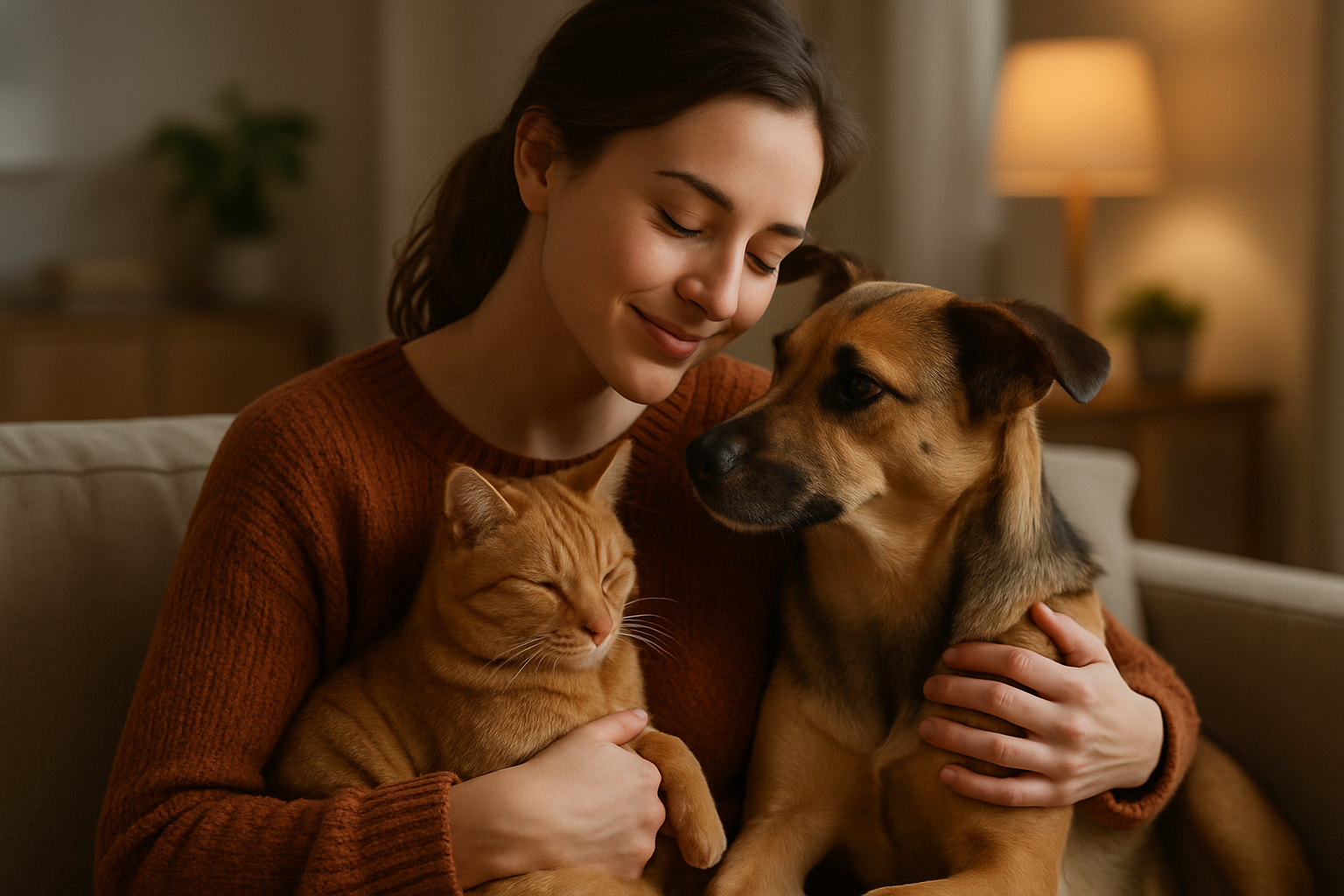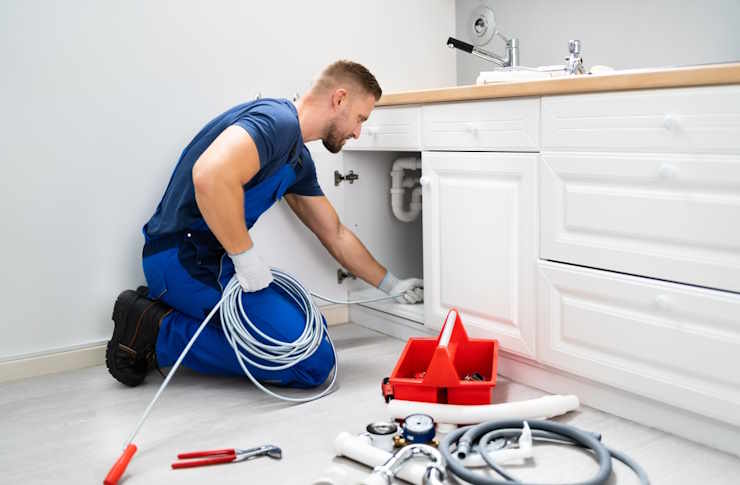Helpful Tips for Understanding the Pet Adoption Process
Pet adoption offers a rewarding opportunity to provide a loving home for animals in need while gaining a loyal companion. The process involves several important steps, from researching local shelters and rescue organizations to completing applications and meeting potential pets. Understanding what to expect can help ensure a successful adoption experience for both you and your future furry friend.

Adopting a pet represents one of the most meaningful decisions you can make, transforming not only an animal’s life but enriching your own family experience. The journey requires careful planning, patience, and commitment to ensure the best possible outcome for everyone involved.
Understanding the Pet Adoption Process
The pet adoption process typically begins with research into local animal shelters, rescue organizations, and breed-specific groups in your area. Most facilities require potential adopters to complete detailed applications that cover living situations, previous pet experience, and lifestyle factors. Many organizations conduct home visits or phone interviews to ensure suitable matches between pets and families.
Adoption procedures vary by organization, but generally include meeting potential pets, spending time with them in designated areas, and sometimes fostering before finalizing adoption. Processing times can range from same-day approvals to several weeks, depending on the facility’s policies and the specific animal’s needs.
Key Considerations Before Adopting
Successful pet adoption requires honest assessment of your lifestyle, living situation, and long-term commitment capabilities. Consider factors such as available time for training, exercise, and daily care, as well as your household’s activity level and schedule consistency. Financial readiness plays a crucial role, as pets require ongoing expenses for food, veterinary care, grooming, and emergency medical situations.
Family dynamics also matter significantly. Evaluate how current household members, including children and existing pets, might adapt to a new addition. Some animals thrive in quiet environments, while others need active households with plenty of stimulation and interaction.
Choosing the Right Pet
Selecting an appropriate pet involves matching animal characteristics with your household’s specific needs and preferences. Age considerations are important, as puppies and kittens require extensive training and supervision, while older animals often come with established temperaments and may need less intensive care.
Breed characteristics, size requirements, and energy levels should align with your living space and activity preferences. Mixed-breed animals often make excellent companions and may have fewer health issues than purebred pets. Shelter staff can provide valuable insights about individual animals’ personalities, training needs, and compatibility with different family situations.
Preparing Your Home for Your New Pet
Home preparation involves creating a safe, welcoming environment before your new pet arrives. Remove potential hazards such as toxic plants, small objects that could be swallowed, and secure loose electrical cords. Designate specific areas for feeding, sleeping, and play activities.
Purchase essential supplies including appropriate food, water bowls, bedding, toys, and safety equipment like collars, leashes, or carriers. Consider installing pet gates if needed and ensure your yard is properly fenced and secure. Schedule an initial veterinary appointment within the first week to establish health records and discuss ongoing care requirements.
| Cost Category | Typical Range | Annual Estimate |
|---|---|---|
| Adoption Fees | $50-$500 | One-time cost |
| Initial Supplies | $100-$300 | One-time cost |
| Food & Treats | $200-$800 | $200-$800 |
| Veterinary Care | $500-$2000 | $500-$2000 |
| Grooming | $50-$500 | $50-$500 |
| Pet Insurance | $200-$600 | $200-$600 |
Prices, rates, or cost estimates mentioned in this article are based on the latest available information but may change over time. Independent research is advised before making financial decisions.
The financial commitment of pet ownership extends well beyond adoption fees. Initial costs include supplies, veterinary examinations, vaccinations, and spaying or neutering if not already completed. Ongoing expenses encompass quality food, regular veterinary care, grooming, and potential emergency medical treatments.
Building relationships with local veterinarians, pet supply stores, and grooming services helps establish support networks for your new pet’s needs. Many communities offer resources such as low-cost vaccination clinics, training classes, and pet food assistance programs for families facing financial challenges.
Successful pet adoption creates lasting bonds that bring joy, companionship, and responsibility into your daily life. Taking time to understand the process, prepare adequately, and choose thoughtfully ensures positive outcomes for both adopting families and the animals who find their forever homes through this meaningful journey.




